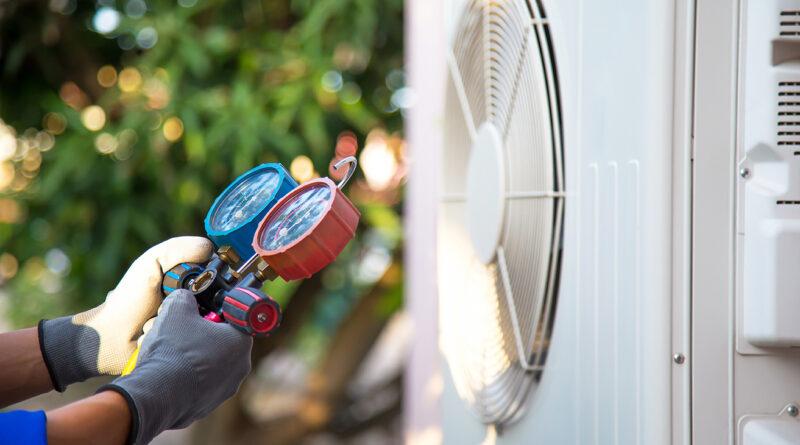New Refrigerants are (Almost) Here – What You Need to Know
Required by the American Innovation and Manufacturing Act of 2020, the HVAC industry is beginning to transition to new refrigerants. This means gradually phasing down the use of existing classes of refrigerants and establishing new requirements for the refrigerants used in air conditioners and heat pumps. This new class has a lower global warming potential as compared to current classes.
The U.S. Environmental Protection Agency (EPA) has set transition dates for new equipment required to use new refrigerants, commonly referred to as A2Ls as part of this transition.
According to the National Association of Home Builders, Residential and light commercial air conditioners and heat pumps manufactured after Jan. 1, 2025, must use the new refrigerant. The equipment manufactured prior to this date has a one-year grace period to be installed — a Jan. 1, 2026, installation deadline.
For products that do not require field assembly, such as window air conditioning units, the rules establish the final date of sale as three years after the manufacture compliance date — a Jan. 1, 2028, sale deadline — without a compliance date for installation.
EPA is evaluating an extension of transition dates by one year only for Variable Refrigerant Flow (VRF) systems with capacities of 65,000 BTU/h (19 kW) or more.
Existing air conditioning and heat pump equipment is not subject to EPA regulations and can continue to be used through equipment end-of-life. Components used for servicing and repair also are not subject to EPA regulation. The supply of R-410A, R-134a, and other refrigerants to meet servicing needs will remain available for the foreseeable future even as overall production and imports decline through the middle of the next decade, as was the case in prior refrigerant transitions in the 1990s and early 2000s.





